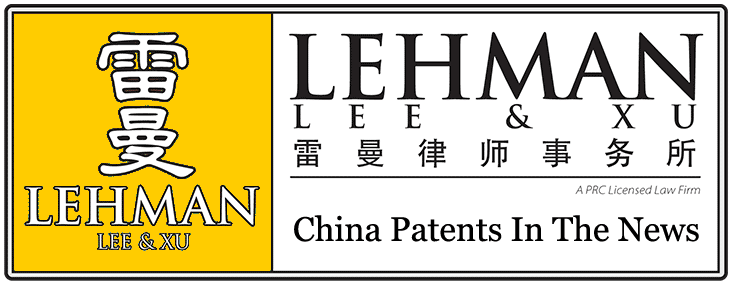The international exhibitions give enterprises great opportunity to release new technology or new product, which can help enterprises draw much public attentions. While such exhibitions are also annoyed by the patent dispute with damages the enterprises expectations on the exhibition. Today, Bridge IP Law Commentary today will give our analysis on the issues related to the exhibition patent.
I. Showing in an exhibition won¡¯t cause a patent product lossing novelty
The priority of the trademark on the exhibition has been analyzed in our past post, while as to the patent right, the exhibition attendance could not necessarily bring the priority. According to Article 24 of Paten Law in China:
¡°An invention-creation for which a patent is applied for does not lose its novelty where, within six months before the date of filing, one of the following events occurred: (1) where it was first exhibited at an international exhibition sponsored or recognized by the Chinese Government¡±.
Therefore it could be concluded that the patent is also granted the special treatment by law that no lose of novelty.
Moreover, what shall be the attention for the enterprises or inventors is that such treatment is only applicable on the exhibitions sponsored or recognized by the Chinese government. So, it¡¯s suggested and essential for the companies to check with the sponsor if the exhibition is in the above said scope.
Of course, the best solution, as Bridge IP Law Commentary holds, to reduce the risk of invalidity of patent from the exhibition attendance is to apply for the patent approval before the exhibition. The reason is that once the exhibition is ¡°unqualified¡±, the patent will lose the novelty which may lead to the right grant failure, and that is quite different from the trademark in the same situation.
II. The Legal Nature of Patent Infringement on Exhibitions
The patent infringement on exhibitions is clearly verified in China Patent Law, and that is the offer to sale, which is the peculiar infringement provided in Patent Law, and that¡¯s not regulated in Trademark Law or Copyright Law. This regulation just means that the right owner is entitled to file the lawsuit against any infringement to the patent right on the exhibition or in the ads, while there¡¯s no similar regulation in the infringement of trademark or copyright. According to Article 24 of the Several Regulations on the Law Application in Hearing the Patent Dispute by Supreme People¡¯s Court, the offer to sale in the Article 11 and 63 of the Patent Law shall refer to those willing of the product sale by ads, window show or exhibition show. Therefore, the exhibition patent infringement shall be the violation to the offer to sale.
In addition, in general, the ¡°offer to sale¡± will result in the losses to the patentee directly; neither will bring benefit to the infringing party. And for this reason, the court could only fix the compensation sum on consideration in lawsuit, and by the Patent Law such compensation could be as high as 1 million yuan.
III. The handling on the patent infringement on the exhibition
It¡¯s similar to the trademark infringement that, the sponsor of the exhibition will set up a special infringement complaint institution by the Measures to the IPR Protection on Exhibitions. And also the local IPR administration will send staffs to handle the dispute. When detecting the infringement, the patentee could make the complaint directly to the sponsor, who will response the decision of punishment once the claimed infringement is verified, furthermore, the company method is as the same as that of trademark, and you may refer to the detailed procedure from our past post.
In addition to these, to exhibit the patented product on the exhibition has been the infringement against the offer to sale in Patent Law. And we suggest the company to make the notary through the attorney before the compliant, in order to avoid the vigilance of the infringer and evidence collection failure.
At last, Bridge IP Law Commentary would like to remind all the companies tending to participate in the exhibition of the certificate preparation and the entrust procedure to the stationery staffs, by which any unnecessary delay of right protection could be avoided.
Web link: http://www.chinaiplawyer.com/?p=1173
|

